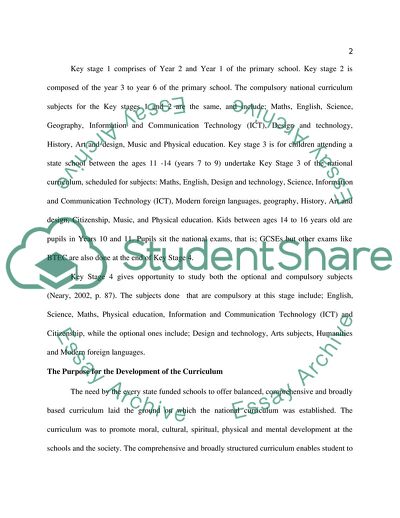Cite this document
(The Outline of the National Curriculum in England Case Study Example | Topics and Well Written Essays - 2250 words, n.d.)
The Outline of the National Curriculum in England Case Study Example | Topics and Well Written Essays - 2250 words. https://studentshare.org/education/1818896-national-curriculum
The Outline of the National Curriculum in England Case Study Example | Topics and Well Written Essays - 2250 words. https://studentshare.org/education/1818896-national-curriculum
(The Outline of the National Curriculum in England Case Study Example | Topics and Well Written Essays - 2250 Words)
The Outline of the National Curriculum in England Case Study Example | Topics and Well Written Essays - 2250 Words. https://studentshare.org/education/1818896-national-curriculum.
The Outline of the National Curriculum in England Case Study Example | Topics and Well Written Essays - 2250 Words. https://studentshare.org/education/1818896-national-curriculum.
“The Outline of the National Curriculum in England Case Study Example | Topics and Well Written Essays - 2250 Words”. https://studentshare.org/education/1818896-national-curriculum.


